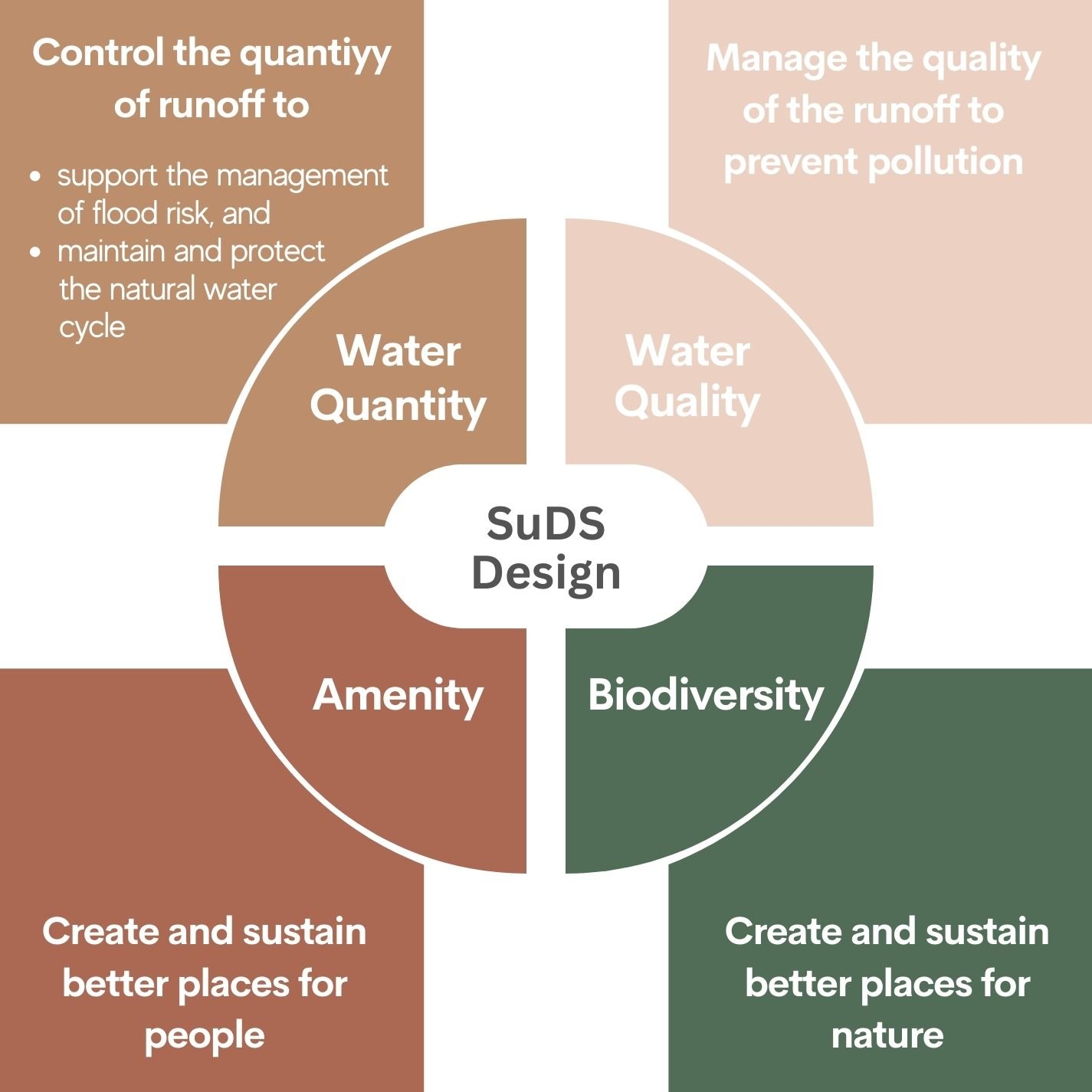AquaPlanter® - SuDS Planters
We design, install and plant sustainable drainage systems (SuDS) through Rain Gardens and SuDS Planters. Rain garden planters are an attractive adaptation of sustainable drainage systems (SuDS).
Key Benefits of OUR SuDS Planters:
Award-Winning Innovation: Recognised for their significant contribution to sustainability and flood resilience at the prestigious Flood and Coast Awards.
Pollution Control: SuDS planters help to reduce the frequency of Combined Sewer Overflow (CSO) discharges during rainfall events, such as sediments and metals, enhancing water quality.
Hydrorock® Integration: Utilises innovative Hydrorock® technology for superior water absorption and retention, supporting efficient water management.
Flood Risk Mitigation: Addresses urban flooding by retaining rainwater on-site, reducing the impact on combined sewer overflows - an ideal system for both new build and retrofit installations.
Environmental Benefits: SuDS planters provide many of the same benefits as other source control techniques like green roofs and rainwater harvesting, contributing to the creation of new drainage systems that are more environmentally friendly.
Educational and Community Engagement: Provides educational opportunities and enhances community spaces, promoting biodiversity and environmental awareness.
Nationwide Installation: Crafted and fully assembled in our London workshop, with installation and delivery services across the UK.
Request Your Free Site Survey and Quote Today!
We're pleased to offer free site surveys* to ensure our proposal fits your needs perfectly.
Our SuDS Planters, crafted in our London workshop, are fully assembled and ready to install into your drainage system. We provide installation and nationwide delivery, making the process smooth for you.
Take the first step towards a more sustainable and efficient drainage solution. Fill out our Contact Form, and let's create a greener future together.
* We offer free site surveys in the Greater London area, using our eco-friendly electric vans. It's all part of our commitment to making our services as environmentally friendly as our designs. If you're outside London, no worries – we're happy to give you a free site survey based on 3D designs, bringing our tailored service to you, wherever you are in the UK.
Innovative Hydrorock® Integration
Our latest integration with Hydrorock® solutions marks a significant leap in our product offerings. This innovative approach replaces traditional shingle with a more efficient and sustainable option, enhancing the water retention and management capabilities of our planters. The Hydrorock® blocks offer several significant benefits:
Eco-Friendly: Hydrorock is made from 100% natural rock, ensuring it's fully recyclable and plastic-free.
Water Management:
High Efficiency in Water Absorption and Retention
94% Water Retention Capacity
Each square meter can hold up to 142 liters of water
Enables plants to draw water via capillary action
Fully loaded blocks provide irrigation for up to 28 days
Capable of wicking water up to 1 meter above the blocks
What are SuDS?
In urban areas, we use many non-permeable materials (such as our roads). This means that water cannot drain naturally through the ground. In order to manage this, we have developed drainage systems that use pipes and sewers to redirect water.
SuDS modify surface water flow at more natural rates, reducing the impact of urbanisation flooding by allowing vegetation and plants to absorb the majority of the rainwater. Too much surface rainwater in our cities often leads to a rising water table, causing our riverbanks to overflow and leads to devastating floods and damage to nearby properties.
With climate change creating wetter winters and more frequent rainfalls, the level of surface water available will only increase, making the traditional drainage methods less and less effective. Creating rain gardens across our cities and towns is one part of the solution to this problem:
Surface water management approaches that take into account water quantity (flooding), water quality (pollution), biodiversity (wildlife) and amenity are collectively known as sustainable drainage systems (SuDS).
We are delighted to share that our Climate Resilient Schools program in partnership with the Greater London Authority, the Department for Education, and Thames Water, received recognition at the prestigious Flood and Coast Awards. Our mission was to design, build, and install 564 SuDS Rain Planters across London's most flood-prone schools.
HOW DO SUDS PLANTERS WORK ?
SuDS planters collect rooftop runoff and work like a rain garden in a planter allowing for sustainably managed flash flooding and stormwater. They effectively enhance the capacity of the surface water piped drainage network by capturing and storing rainfall, allowing it to soak into the ground, or release it slowly back into the piped network. A rain garden SuDS planter makes use of the water that lands on the roof. Water from the downpipe is directed into the planter.
The soil/compost mix absorbs and stores the rainwater for the plants to use. Excess rainwater filters into the gravel layer where it is stored and at a controlled rate released from the base drainage pipe.
A rain garden planter is filled with layers of drainage clay pebbles/shingle, and a specialist free draining growing medium. They are isolated from the water management system by a geotextile layer. The planter is lined to form a waterproof seal to retain the stormwater for regulated slow release.
Plants for rain planters have to be able to tolerate long periods of wet conditions as well as grow in dry conditions during periods of low rainfall. Typical plants include Iris pseudocorus and a range from perennials such as geraniums, and grasses such as deschampsia or miscanthus.
They are designed to manage rainwater runoff from domestic, commercial and industrial roofs. They collect roof runoff and function as a rain garden within a planter, allowing for sustainable stormwater management. These planters are particularly useful in areas where a significant amount of rainwater travelling from the rooftop or other impervious surfaces flows directly into a drain causing flooding on one's premises. With both bio-retention and additional internal storage, these planters are an innovative solution to property level retrofit SuDS and can work out as much less expensive than most groundwork interventions.
Award Winning SuDS Planters
Our SuDS Planters stand out in the market, not just for their functionality in managing rainwater run-off but also for their significant contribution to creating climate-resilient schools in London. Our mission was to design, build, and install 564 SuDS Rain Planters across London's most flood-prone schools. Our partnership with the Greater London Authority (GLA), the Department for Education (DfE), and Thames Water in the Climate Resilient Schools program has been recognised at the prestigious Flood and Coast Awards.
Source: The SuDS Manual 2015, CIRIA,
The four pillars of SuDS
The effectiveness and philosophy of SuDS are encapsulated in the four pillars outlined in the in CIRIA C753 – The SuDS Manual 2015:
Water Quantity - This involves controlling runoff to manage flood risks effectively while preserving the natural water cycle.
Water Quality - SuDS focus on improving runoff quality to prevent water pollution.
Amenity - These systems are designed to enhance and maintain spaces that are beneficial for people.
Biodiversity - SuDS contribute to creating and sustaining environments that support diverse natural habitats.
How do SuDS fit into the planning process?
When you incorporate a SuDS system (or any other drainage system), it must be submitted to the local planning authority (LPA) for your project.
It is important to note that even if you are working on low flood risk sites, many local authorities now insist that developers, architects and planning consultants submit drainage and flood risk assessments for any development. These assessments should identify the impact of the site on any potential flood risk in local watercourses.
The local planning authority will manage flood risk in accordance with the guidance set out in the National Planning Policy Framework. Each LPA tends to publish its own flood risk policy as part of its local plan, which can be found in specific areas of its website.
Other SuDS techniques
Permeable Surfaces - (porous or pervious surfaces) allow water to seep into the ground to filter out pollutants and recharge the water table. They can include Grass (not subject to traffic); Reinforced grass; Gravelled areas. Possible to use permeable paving stones as a source control measure for small roads, pavements, car parks and yards.
Filter strips and infiltration trenches - are gently sloping strips of land, covered with vegetation, where water running off a site can pass through, allowing some or all of the water to infiltrate. The rest often enters a swale.
Swales - shallow drainage channels are designed to store and/or convey runoff and remove pollutants.
Detention Basins (infiltration basins) are purpose built ponds and wetlands - that provide flow control through attenuation of stormwater runoff.
















